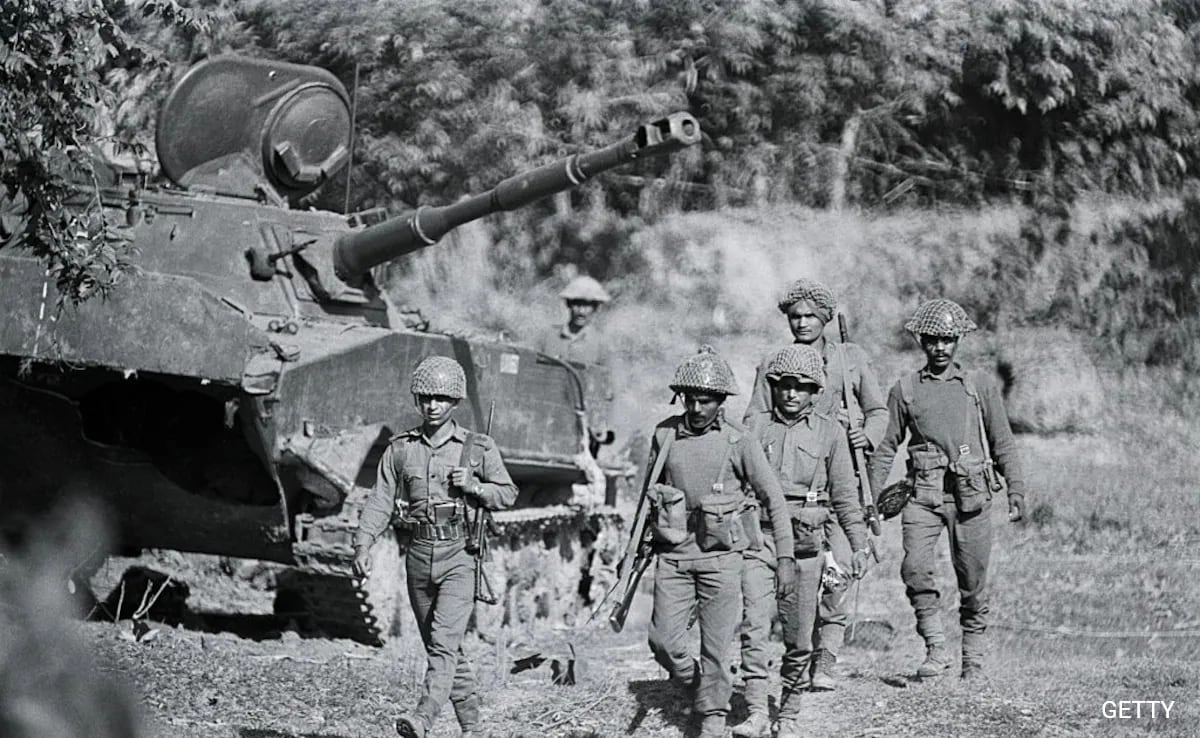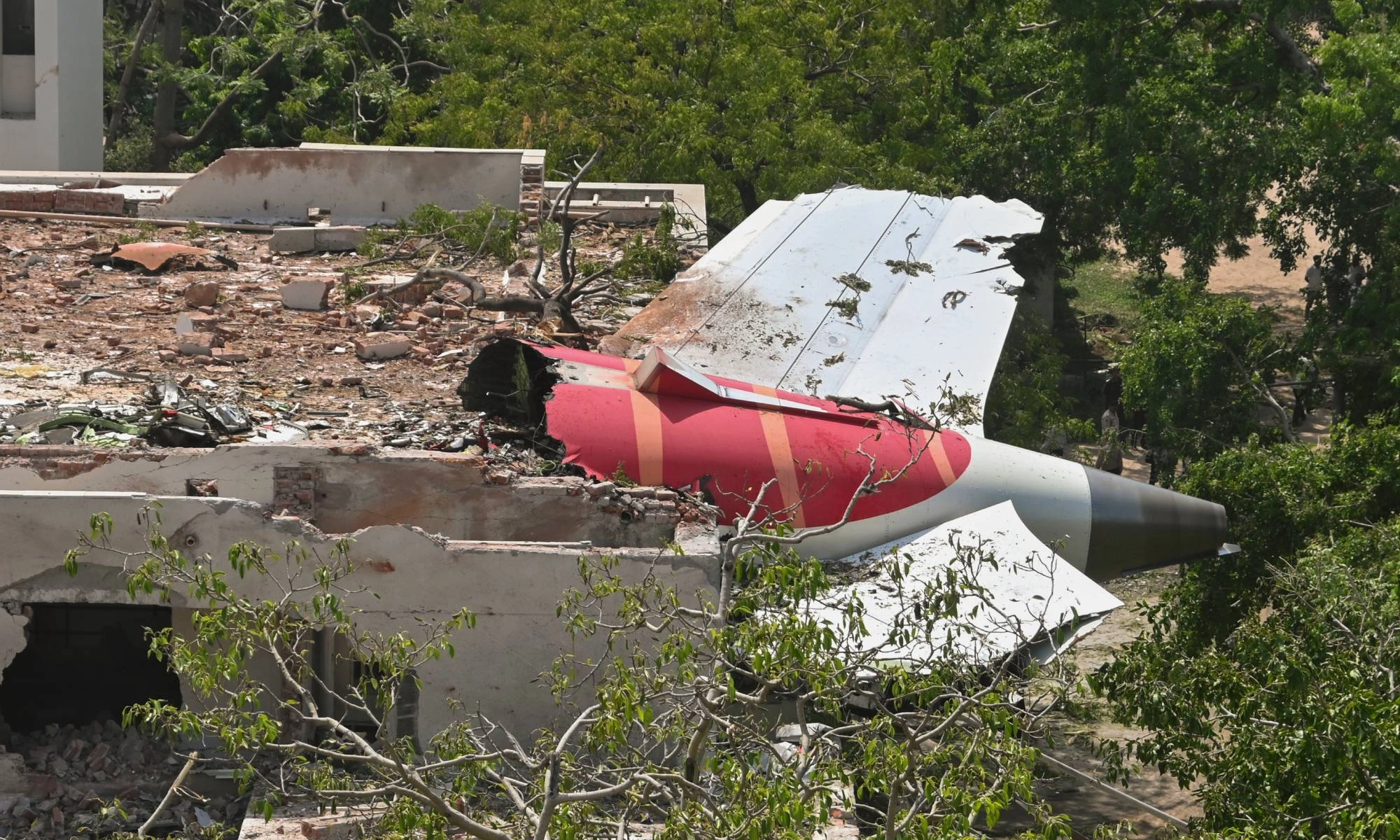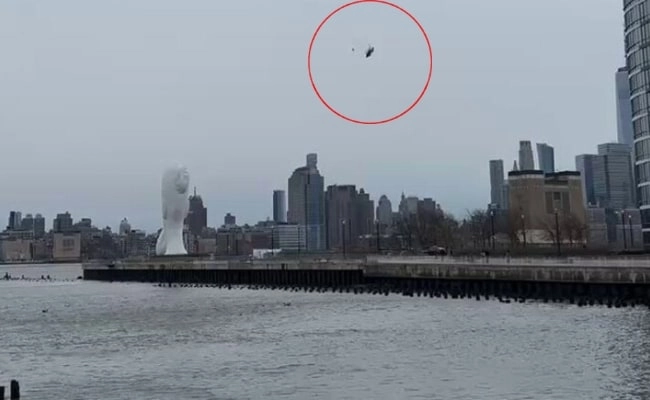In 1971, the world found itself amidst a turbulent geopolitical landscape, especially in regions like Southeast Asia and the Middle East. The specter of war loomed large, prompting civilians to prepare for potential conflict in ways that had not been seen in decades. Air raid sirens became a common sound in urban areas, a chilling reminder of the vulnerability that came with living in a time of unrest. Communities organized drills and established protocols for seeking shelter, while families stocked up on essentials, hoping to protect themselves from the uncertainties of warfare. The psychological impact of these preparations left an indelible mark on the collective consciousness, as fear mingled with a sense of resilience.
Moreover, the imagery of trenches, reminiscent of earlier wars, began to resurface in the public imagination. Although modern warfare had evolved, the concept of digging in to protect oneself became a metaphor for the lengths to which civilians would go to safeguard their lives. In many places, citizens took it upon themselves to create makeshift shelters, digging trenches in backyards and parks, often inspired by stories from previous conflicts. This grassroots mobilization highlighted the instinctual drive to survive, emphasizing the lengths to which ordinary people would go in the face of impending danger. Communities rallied together, fostering a spirit of solidarity as they navigated the challenges of preparedness.
As the year progressed, the tensions that had prompted such widespread civilian preparation began to escalate further. News reports were filled with images of protests, military maneuvers, and the ever-present possibility of escalation into full-scale conflict. The air raid sirens and the sight of trenches served as constant reminders of the precariousness of peace. Civilians, often overshadowed by military narratives, found their voices, advocating for diplomacy and dialogue in an attempt to avert disaster. The human experience during this period was not solely defined by fear; it was also marked by a profound desire for stability and a return to normalcy.
Ultimately, the events of 1971 served as a poignant reminder of the fragility of peace and the resilience of the human spirit. The preparations for war, though rooted in fear, also sparked a sense of community and shared purpose among civilians. As families huddled together in their makeshift shelters, they found solace in their unity, reminding themselves that in the face of adversity, the bonds of humanity can shine through even the darkest times. The legacy of that year remains a testament to the enduring strength of individuals and communities when confronted with the specter of war.




